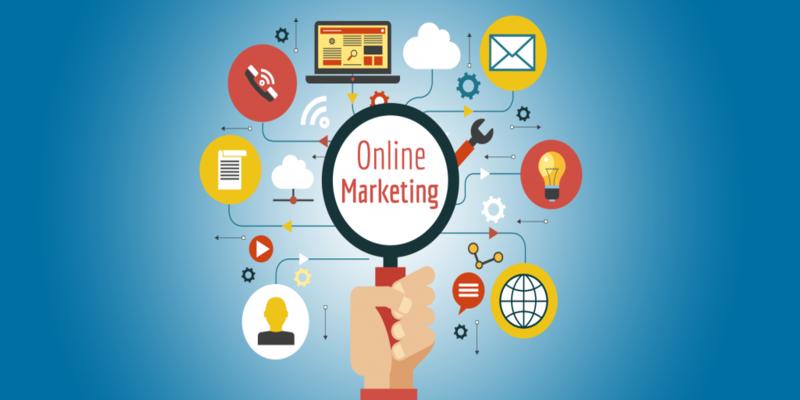With the advancement of the digital industry, the trends for promoting a business have also enormously changed. Earlier, when people did not have smartphones and the internet was a rare thing, companies ran their promotion campaigns mostly through newspaper, TV or radio advertisements.
However, with the change in time, the strategies of marketing of a business have changed a lot. According to a survey, half of the participants in the survey agreed that they spend 5 to 6 hours of a day on their smartphones. The advantage of the same has been taken by different firms for their promotion by the means of Digital Marketing.
Digital marketing involves the promotion of a brand or service via digital platforms like social media. However, it’s not a slice of cake, you need to apply a lot of strategies against thousands of competitors for a successful digital marketing campaign, which a digital marketing agency can offer. How? Let’s see further in the article.
Strategy-1: Define Goals and Targeted Users
The very first objective of a digital marketing company is to get a clear idea about the goals and targeted audience of the brand they are promoting.
The goals can be any, like to increase followers on their social media handles, to be number one in search results, or you just want to increase product sales.
After the goals are laid down, based on them, the target audience is identified. This may include going through a lot of past statistics data of the business and analysis of their competitors’ targeted customers. This helps agencies to put forward a clear plan of action that is to be adopted.
Strategy-2: Make a User Persona
After having defined the target people, the user persona is laid down. In layman terms, a user persona is a document that contains information about the potential customer of the business. User demographics, source of income, his/her needs, etc. are explained in detail in this document.
Let’s understand this with the help of an example:
You are a makeup brand for women, then you must have women and girls of different ages as your targeted audience.
Your ideal customer will be women who are in need of makeup products and can also afford to purchase the products as well.
Then your ideal customer will look like Julia.
Julia is a working woman, in a corporate firm. Needs to go out for frequent client meetings, she is 28 years old. Really likes to use new makeup products which she can wear to her office. Most of her taste in makeup is inclined towards nude colours. She spent a significant amount of her salary on her personal grooming and so on.
Such a hypothetical customer is assumed and several aspects of his/her life are laid down, based on which the marketing to such and similar audiences is done.
Strategy-3: Select the right media for promotion
These services, as well as digital marketing, do not come cheap. There are many platforms and tools where you can run digital campaigns for promoting and updates for your target audience. For example, platforms such as Facebook, YouTube, Instagram, and Google, and tools such as SMPP gateway APIs for SMS updates can be used. They all have different rates for a single advertising campaign to be promoted on their respective platforms.
Therefore, any digital marketing agency wisely chooses suitable platforms for the promotion of products or services to the targeted audience only, for higher conversion rates. An example to consider would be this UK based hookup app (https://meetandfuck.co.uk). Considering their target audience, it would be most advantageous to target audiences by their location and interests.
The choice is based on the data collected, like where the potential customer is spending most of his/her time.
Again for example, if most of your potential customers remain active for most of the time on Instagram, then a huge portion of the budget of promotion campaigns will be dedicated to Instagram ads only.
Strategy-4: Management of campaigns
After the campaigns are live, it is important to manage them and keep the data updated, which mostly includes: how many number of users are engaging with these ads, how many of them are showing interest in the product but not purchasing and how many are actually converting to customers.
This is followed by a thorough analysis of the conversion rate of users to customers, whether it is what it is expected to be or should the approach be changed.
Moreover, the plans for converting people who are showing interest in the product, to actual customers, are laid down.
Bottom Line
Digital Marketing agencies are not just restricted to the four above-mentioned strategies, several other techniques are adopted to increase the user engagement with the products or services they are promoting. For the same, many professionals from different fields of expertise are required to conduct the whole business smoothly, which can only be offered by a firm dedicated to digital marketing.


























